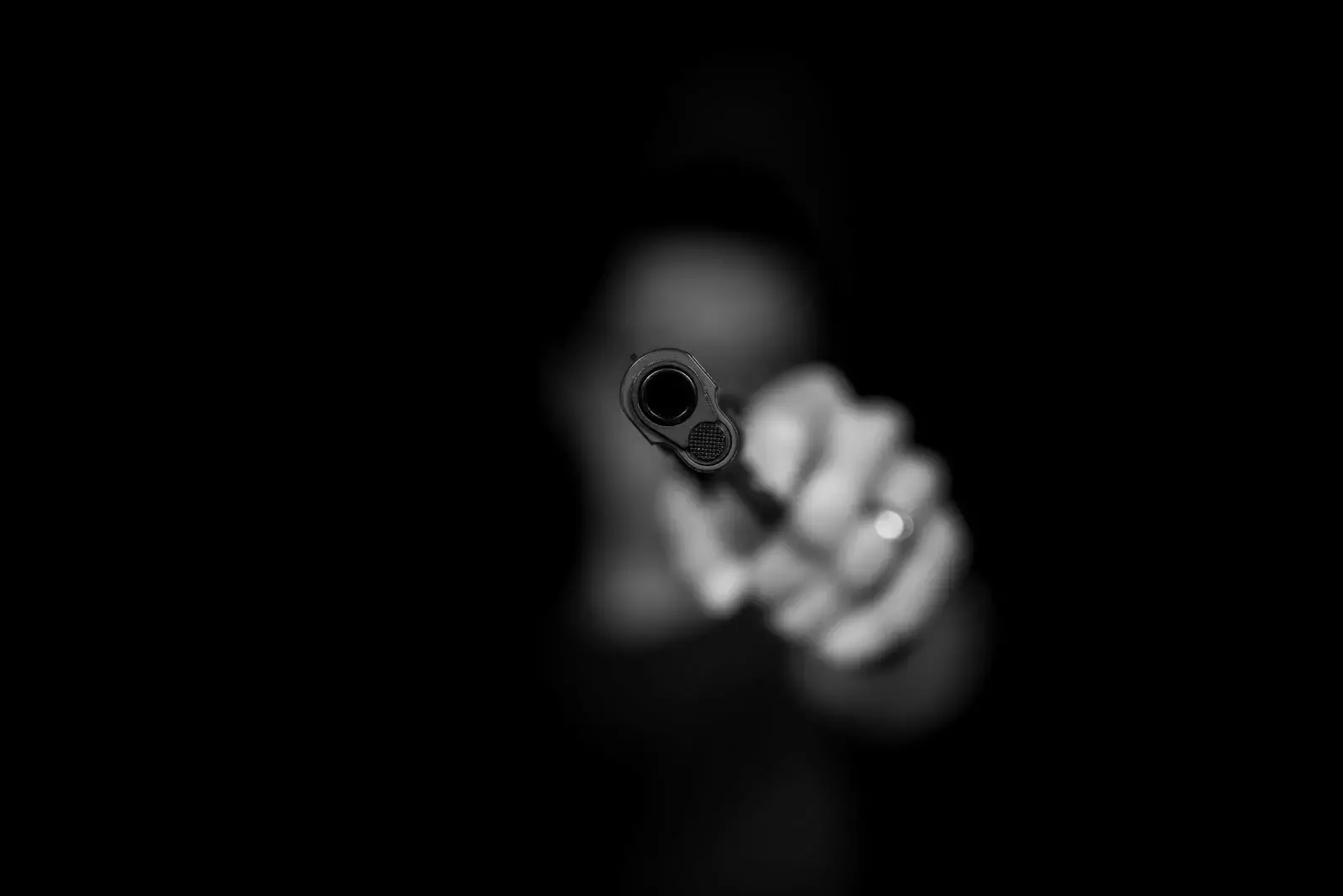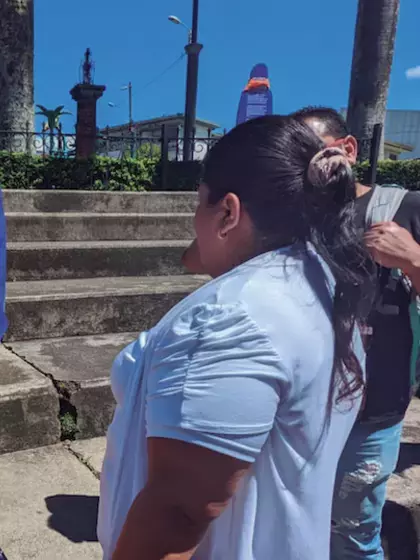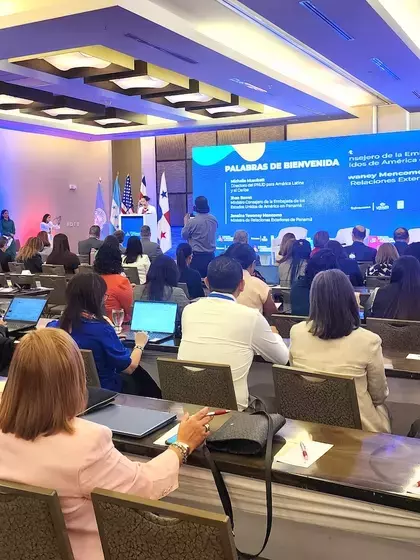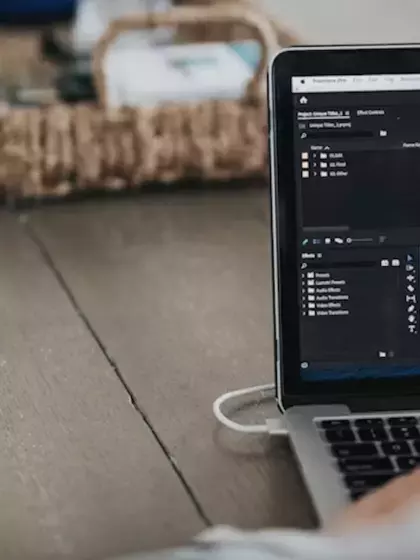Youth, weapons and inequality, a deadly cocktail

There is a demographic in certain parts of Central America–urban young men–who, ever since the earliest stages of their lives, grew up in extremely violent circumstances. This violence has an impact on their families, schools and communities, and little by little, it undermines their ability to face adverse circumstances.
Whether direct violence (as a victim of a violent act) or indirect violence (witnessing a violent act), these young people are in contact with different types of crimes since childhood. At times it is macho violence in their homes, other times just stepping out the door they encounter common robbery, homicide and gangs. At times, even at school, they experience hardships. And there is often a common denominator in so many cases: firearms.
In fact, thousands of young people between 18 and 30 years of age lose their lives due to firearms throughout the region. The vast majority are men. 3,220 last year alone (295 of them women). 56,646 in one decade, according to data by the InfoSegura Regional Project, an initiative of the United Nations Development Programme (UNDP) in Latin America and the Caribbean in collaboration with the United States Agency for International Development (USAID). And this is not counting missing persons.
As many as 3.5 million illegal firearms circulate freely and unchecked in Belize, Guatemala, El Salvador, Honduras, Nicaragua, the Dominican Republic and Costa Rica, according to the latest estimates of civilian gun ownership by the NGO Small Arms Survey. Additionally, there are two million that are legally registered.
When a young person, often a minor, even the very young, get their hands on one of these weapons, the cocktail turns volatile. In fact, last year, 45 per cent of homicide victims were 18 to 30 years of age in the region, and almost 90 per cent of them male, according to the Analysis of the State of Violence and Citizen Security in 2022 by InfoSegura.
This analysis, a region-wide reference for studying violence, shows that firearms were used in 78.6 per cent of all homicides in Central America and the Dominican Republic. The remainder were carried out using sharp weapons (13.1%,) and blunt objects (2.9%). Other weapons and records with no data account for 5.4 per cent.
Furthermore, on every one of the 365 days in 2022, 25 people lost their lives throughout the region, 11 of whom were under 30 years of age. In all, that comes to 9,154 victims of homicide, for a rate of 18.4 murders per 100,000 population.
The positive conclusion of the study is that, since 2015, there has been a clear downturn in the number of deaths throughout the region, from figures greater than 100 homicides per 100,000 population in some countries that year, to the current rates close to the average for Latin America and the Caribbean. The downward trend flattened out in 2021, but continued descending in 2022. The regional rate contracted 1.6 points and went from 20.0 to 18.4 homicides per 100,000 population, the lowest in the last nine years.
Weapons in school
Aside from the violence and common crime, the weapons circulating widely throughout the region are also seen in schools.
According to the study on Firearms in Latin American and Caribbean Schools: Approaches, challenges and responses, by the United Nations Regional Centre for Peace, Disarmament and Development in Latin America and the Caribbean (UNLIREC), there were 23 firearm related incidents in schools from 2010 to 2019. Five took place in Guatemala, the same number in Panama, four in Honduras, four more in Costa Rica, three in the Dominican Republic and two in Belize.
Most incidents UNLIREC documented in the press monitoring for this study had to do with finding, carrying and usage. Throughout Latin America, the figure reached 122 incidents, most in Argentina (30), Mexico (28) and Brazil (13).
The ingredients of this hazardous cocktail are well known: weapons, organized crime, gangs, lack of opportunities, lack of inclusion, impunity, cultural patterns that reproduce violence, and others. Put them all in the mix and you get what has made this the most unsafe region in the world for several years.
Reducing the impact of armed violence in our societies involves strengthening controls, reducing the widespread availability of weapons in circulation, and promoting cultural change, so we understand that guns are not what protects us, but rather the opposite. But also, an objective analysis of the data to find solutions for this complex issue that requires coordinated work by national and local institutions along with civil society. Together, we can stop weapons from silencing lives in our region.





